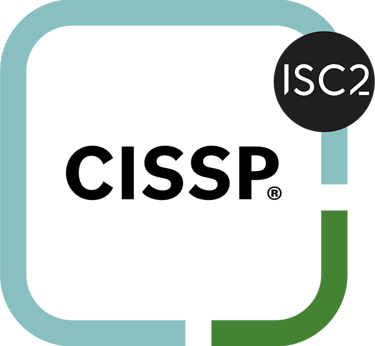For a limited time only - Free 2hr taster sessions on Storytelling with Impact
ISO/ IEC 42001
There is now a strategic requirement to have, and to demonstrate, a responsible approach to AI.
AI is becoming embedded across operations, services, and decision-making - this is inescapable. Whether your organisation is developing, deploying, or procuring AI systems, the need for structured oversight (and conversely the expectation of structure oversight across your supply chain) is no longer optional.
ISO/IEC 42001 provides a recognised framework for managing AI responsibly. It is not just about governance, it is the licence to operate. As regulatory expectations rise and procurement criteria evolve, this standard may soon be a prerequisite for doing business.
Organisations that adopt it early will be better positioned to meet client expectations, demonstrate accountability, and maintain access to regulated and competitive markets.


1. What Is ISO/IEC 42001 and where does it fit in the regulatory landscape
ISO/IEC 42001:2023 is the world’s first international standard for Artificial Intelligence Management Systems (AIMS). It provides a governance framework for organisations that develop, deploy, or use AI systems, focusing on responsible, ethical, and transparent AI practices.
Scope: Applies across sectors and AI use cases—from predictive analytics to autonomous systems.
Regulatory alignment: Supports compliance with emerging AI legislation such as the EU AI Act, UK AI assurance frameworks, and global data protection laws (e.g. GDPR).
Risk and ethics: Addresses algorithmic bias, explainability, accountability, and human oversight—key themes in regulatory scrutiny
2. Where does ISO/IEC 42001 sit in the ISO Ecosystem
ISO/IEC 42001 is part of the broader ISO family of management system standards. It shares a common structure with ISO 9001 (quality), ISO/IEC 27001 (information security), ISO 22301 (business continuity), and others, making it easier to integrate AI governance into existing frameworks.
Modular design: Built on the High-Level Structure (HLS), allowing organisations to align AI controls with existing policies and procedures.
Cross-standard synergy: AI risks (e.g. bias, misuse, data leakage) can be mapped to controls in 27001, 31000, and 9001.
Strategic fit: Supports enterprise-wide governance, enabling consistent oversight across technical, operational, and ethical domains.
3. What are the steps to implement ISO/IEC 42001
Implementing ISO/IEC 42001 follows the familiar ISO approach but requires an AI-specific lens. It’s about embedding responsible AI into everyday decision-making.
Define your scope: Identify which AI systems, teams, and processes fall under the management system.
Undertake a gap analysis: Compare current AI practices against the standard’s requirements.
Build your AI Management System: Develop policies, assign roles, and set objectives for ethical and effective AI use.
Assess risks and impacts: Evaluate potential harms, unintended consequences, and stakeholder concerns.
Put controls in place: Introduce safeguards, monitoring tools, and feedback loops to manage AI performance.
Train your people: Build awareness and capability across technical and non-technical teams.
Audit and improve: Use internal reviews or external certification to validate and refine your approach.
4. What is the value of ISO/IEC 42001 for your organisation
ISO/IEC 42001 is not a nice-to-have. It’s the next immovable requirement for organisations that want to stay relevant, trusted, and competitive in an AI-driven economy.
AI is no longer a niche provision: From recruitment algorithms to predictive maintenance, AI is quietly embedding itself across operations. As adoption accelerates, so does scrutiny from regulators, clients, and the public.
Trust is transactional: Just as ISO 9001 became a prerequisite for quality assurance, and ISO 27001 for data security, ISO/IEC 42001 is poised to become the baseline for responsible AI. Without it, your organisation may be excluded from tenders, partnerships, or regulated markets.
Procurement is shifting: Buyers are already asking: “How do you govern your AI?” ISO/IEC 42001 provides the answer. It’s a badge of credibility, signalling that your AI systems are ethical, explainable, and under control.
Market share is at stake: Organisations that delay adoption of the standard risk being seen as opaque, risky, or non-compliant. Those that act now position themselves not as leaders in AI, but leaders in the "new ways of working".
Regulation is catching up: With the EU AI Act, UK assurance frameworks, and global standards converging, ISO/IEC 42001 offers a proactive shield. It helps you meet requirements before they become mandatory (much as ISO 50001 offered for energy mgmt.).
ISO/IEC 42001 is not just about governance, it’s a licence to operate. If your organisation uses or supplies AI, which inescapably it will, this standard may soon be the minimum requirement to do business at all.
Contact Ascent5 Today
Empower your business for future success.






© 2025. All rights reserved.
